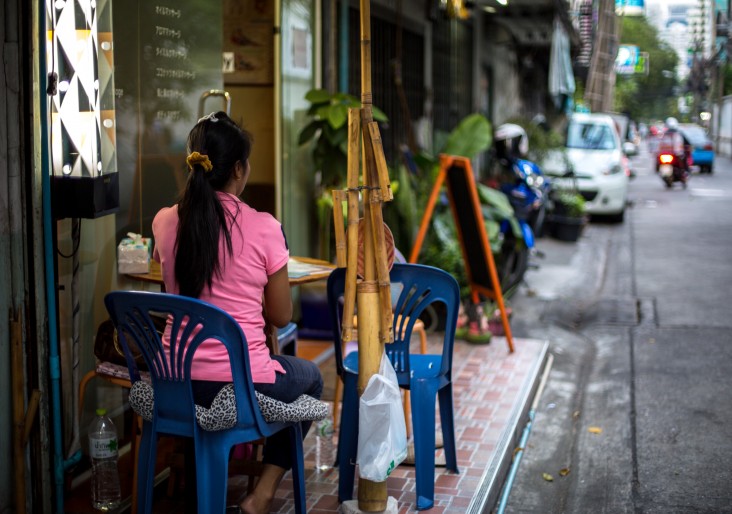You are viewing:
Archived Content
Information released online before January, 2021.
You are viewing:
Information released online before January, 2021.
Note: Content in this archive site is NOT UPDATED, and external links may not function. External links to other Internet sites should not be construed as an endorsement of the views contained therein.
You are entering the 2017-2020 Archive for the
United States Agency for International Development web site.
If you are looking for current information, visit www.usaid.gov.

Human trafficking is the buying and selling of people for the purpose of exploitation. The issue of human trafficking is a global concern, which directly affects Asia. The United Nations estimates 56 percent of global human trafficking victims are in the Asia-Pacific region, with Southeast Asia and South Asia representing key sub-regions that supply trafficking victims to the rest of the world. The causes of human trafficking are linked to regional development challenges including limited education and employment opportunities, weak social safety nets, a tenuous rule of law, and ethnic and gender discrimination. USAID’s 2012 Counter-Trafficking in Persons Policy incorporates principles set forth in the U.S. Trafficking Victims Protection Act of 2000 and adheres to standards in the UN Protocol to Prevent, Suppress and Punish Trafficking in Persons, Especially Women and Children (“the Palermo Protocol”).
In coordination with other partner government's efforts, USAID focuses on two main areas of intervention to fight this transnational crime: enhancing public awareness and promoting effective governance solutions.
Read more in our program fact sheets here.
Comment
Make a general inquiry or suggest an improvement.